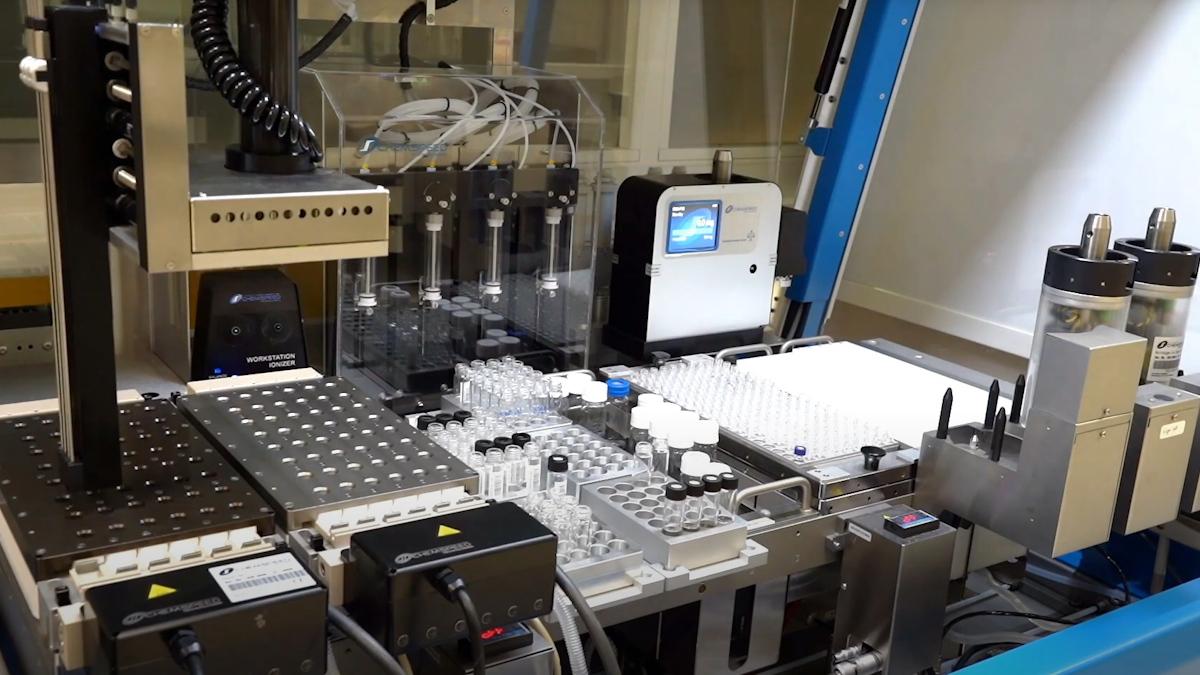Building the patient experience into observational studies produces stronger real-world evidence

The pharmaceutical industry is facing growing pressure to make drug development more patient-focused. Traditionally, most observational research has been derived from clinical and payer data, but has missed input from a critical stakeholder - patients.
Even as evidence suggests that patient-centric methods boost inclusivity and retention, most companies don’t know where to start. At best, they consider how results will be shared with patients - but rarely do they include the patient perspective in study planning and execution, missing an important opportunity to generate more relevant real-world evidence.
In contrast to clinical trials, observational studies may surprise in different ways, falling short of expectations for many reasons. Existing databases aren’t tailored to address specific questions of interest, and those that rely on primary data collection may fail to recruit the diversity of patients who are treated in different care settings. For studies that rely on physical research sites, the resulting data may not be reflective of the population who would receive the treatment in the real world. Studies may be slow to enrol and have poor retention, which can lead to longer timelines, costly protocol amendments, and/or study cancellations. Finally, and perhaps most important, studies designed without patient input are more likely to overlook important patient experience measures, like various aspects of quality of life, including physical functioning, independence, and mental acuity.
Those companies that want to ensure the success of observational studies and reap their full potential will involve patients in the entire research process – from conception through execution and interpretation. Using a more patient-centric approach throughout the study process can lead to quicker enrolment and more relevant data collection, ultimately strengthening the value of information from observational real-world studies. By directly engaging with patients, observational research can fill clinical evidence gaps and better inform decision-making by providers, patients, payers, and regulatory bodies.
Here’s a brief guide to seamlessly integrate direct-to-patient approaches throughout the entire study - from conceptualisation, through data collection, analysis, and interpretation.
Early stage: Design and recruitment
It is important to start by identifying and prioritising what patients value most, so that endpoints that are meaningful to both patients and clinicians can be included in the study to the extent feasible. This process begins with engaging with patients and advocacy groups to understand which symptoms most impact their daily lives, where and how patients seek care for their conditions, as well as the burdens, if any, associated with planned medical visits and tests. The resulting outcome measures may complement or extend endpoints used in randomised clinical trials.
It is important to remember that patients engage with the healthcare system in various settings beyond clinical study sites, including from various sites of care that may be beyond the scope of the study itself. Ideally, an observational study of a medical product will focus on a population that reflects those who use the product, or are likely to use it once it is available. These studies may selectively seek out patients who are different from those studied in randomised clinical trials in order to evaluate the generalisability of results from those trials, or may be created to establish the natural history of a condition for use as an external comparator in single arm trials.
To enrol the right patients into a study, researchers should consider using a combination of site-less recruitment approaches - including patient community partnerships, specialty distributors, healthcare professional networks, and digital advertising - to find and engage patients wherever they are physically and also wherever they are on their treatment journey. Adopting a comprehensive, patient-informed approach to recruitment enhances the inclusivity of participant demographics and generalisability of results.
Mid-stage: Enrolment and data collection
Adopting a direct-to-patient approach facilitates the collection of patient-reported outcomes and other valuable patient-generated data, providing a more holistic view of the entire patient experience. There are a couple of reasons why this is important. First, direct-to-patient approaches can capture a patient’s healthcare journey more thoroughly than traditional approaches. By gaining patients’ cooperation, researchers no longer need to rely on the recall of study subjects, but with patient consent, can obtain information from specialty visits, hospitalisations, laboratory results, imaging studies, and claims, in addition to scheduled study visits. Also, patients may be willing to provide information directly to the study database that they might be reluctant to share with their healthcare providers. Examples include medication adherence, use of alcohol and illicit drugs, complementary and homeopathic medications, and diet, all of which may affect how well (or poorly) a treatment works.
Maintaining a direct-to-patient approach throughout a study can also reduce losses to follow-up, a common challenge in long-term observational studies, especially those that depend on site visits. Burdensome, non-essential in-person visits can be replaced with televisits. Perhaps even more importantly, patient engagement and retention improves when the patient gets something back for participating, such as tools to help them better manage their care and make more informed decisions (e.g., access to structured, organised personal medical data or sharing research insights). These approaches improve the likelihood of having a successful study with minimal loss-to-follow-up.
Direct-to-patient approaches also facilitate long-term follow-up required for certain medical products, such as cell and gene therapy studies. Many outcomes of interest will be evident to patients - for example, patients can report whether or not they have been hospitalised during long-term follow-up and whether their pain has improved. While the patients are unlikely to be able to provide reliable clinical detail, knowing that the events occurred allows researchers to follow-up and obtain the relevant clinical information, all without maintaining the long-term operational costs and patient burden that often accompanies long-term follow-up through site-based studies.
Late stage and post-study: Long-term value and results
It’s useful to share results with patient representatives, just as you would with key opinion leaders prior to finalising the study report and any publications. Patients may have simple explanations for observed effects that are unrelated to true effectiveness or safety. There may be popular home remedies that are widely used to manage side effects that cause unexpected complications or unconventional dosing patterns that patients use in hopes of better effectiveness.
Make the most of observational research through better patient centricity
The concept of “patient centricity” should incorporate the patient perspective from study concept through execution, and new approaches to direct data collection from patients (or “patient-generated health data”) should be considered. These imperatives are pressing, given the demand for relevant data on diverse populations, the escalating competition for patients and sites, and the increasing opportunities to use real-world evidence to satisfy regulatory bodies and to inform providers and payers.
Enhanced data capture by including the patient voice enables deeper insights into therapeutic efficacy and safety, facilitating more informed decisions by stakeholders.












